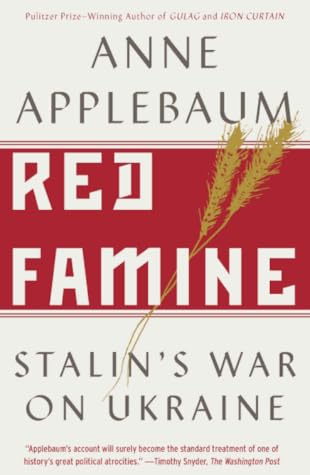But because the borders between all of the regional powers shifted many times, members of both faiths lived, and still live, on both sides of the dividing line between former Russian and former Polish territories. By the nineteenth century, when Italians, Germans and other Europeans also began to identify themselves as peoples of modern nations, the intellectuals debating “Ukrainianness” in Ukraine were both Orthodox and Catholic, and lived in both “eastern” and “western” Ukraine. Despite differences in grammar and orthography, language unified Ukrainians across the region too. The use of the
...more
This highlight has been truncated due to consecutive passage length restrictions.


